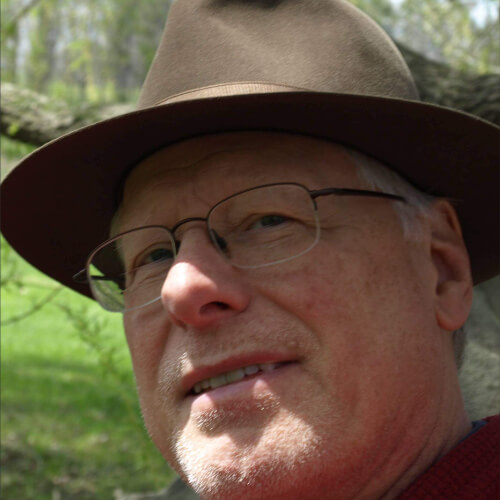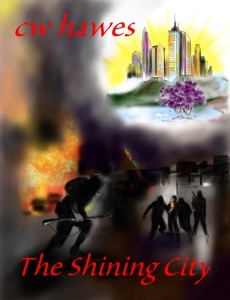Last week I talked a bit about my post-apocalyptic series The Rocheport Saga. I said it was part philosophy, part family saga, part satire, part libertarian thought, part action/adventure novel, and all post-apocalyptic speculation. I also noted that the series is written in epistolary form; that is, as diary entries. I’m very fond of the epistolary format because of the intimate picture it can give us of the main character’s thoughts. Provided of course he or she is a reliable narrator. If not, then we enter a mystery world of trying to figure what is real and what is not. Either way, the epistolary novel is an ideal vehicle.
The Saga is written in story arcs, not unlike television writing, and the first seven novels form the first arc. The arc itself is divided into three parts.
Part I comprises the first two books: The Morning Star and The Shining City. And might be called “Beginnings”. This is where the story begins. Where we learn about Bill Arthur’s dream and how he intends to go about it. His dream of creating a libertarian utopia and of returning to the 21st Century’s technology.
Love Is Little, The Troubled City, and By Leaps and Bounds form Part II. The little community of Rocheport faces enemies from without and within. Our hero, Bill Arthur, is struggling to hold it all together and to do so faces the ugly reality that he will have to betray a few of his most cherished beliefs.
Nevertheless, in By Leaps and Bounds we begin to see that it does indeed look as though the community has turned a corner and will in fact survive.
Part III comprises Freedom’s Freehold and the soon to be published Take to the Sky. Whereas Part II might be titled “Conflict”, Part III could be called “Hope”. The corner has been turned and Bill Arthur feels confident the people of Rocheport will usher in a new era of peace, freedom, and technological advancement.
While The Rocheport Saga is many things, it is all post-apocalyptic speculation. The series is a realistic attempt, I think, at speculating how civilization might come back from a massive catastrophic event — and come back better than it was before the disaster. Therefore there are no zombies or other monsters in the story. Nor are there aliens from space. This is a human story of human dreams and aspirations.
The Marquis de Sade wrote philosophy in the form of pornography. And pornography was a suitable format for him to present his philosophy.
The post-apocalyptic cozy catastrophe, I found, was the most suitable format for me to express my philosophy and social views. Because, at base, the cozy catastrophe is about building a better world.
Which makes it a vehicle by which the author can criticize the current world in which he or she lives and present a model of how the problems can be solved.
S. Fowler Wright used Deluge and Dawn to portray the legal injustices against the labor class and to challenge certain social assumptions. John Wyndham used The Day of the Triffids to hint at the dangers associated with bio-engineering and to point out the dangers of military weapons orbiting the planet. In Earth Abides, George R Stewart points out how a poor black rural working family would be much more capable of surviving, than a white urban couple in New York City. Pointing out how fragile our urban worlds are. Stewart also pointed out that when push comes to shove, we are all equal by having his white protagonist marry a woman who wasn’t white. All that in a book written in the late ‘40s.
The cozy catastrophe is the perfect vehicle for world building. For creating our utopias. I’m surprised that few writers see this and utilize this form. For in the end, all writers are philosophers. Our books are either our ideal worlds or a graphic picture of what we think is wrong with the current world.
And so, in The Rocheport Saga, I present my version of what utopia would be like. No government. Sovereign and self-responsible individuals. Family centered. Social and intellectual freedom. A place where people follow the Golden Rule, respect each other, and help each other. I think it’s a vision that is very appealing and attainable.
As always, comments are welcome! Let me know your thoughts. And until next time, happy reading!
Share This!

